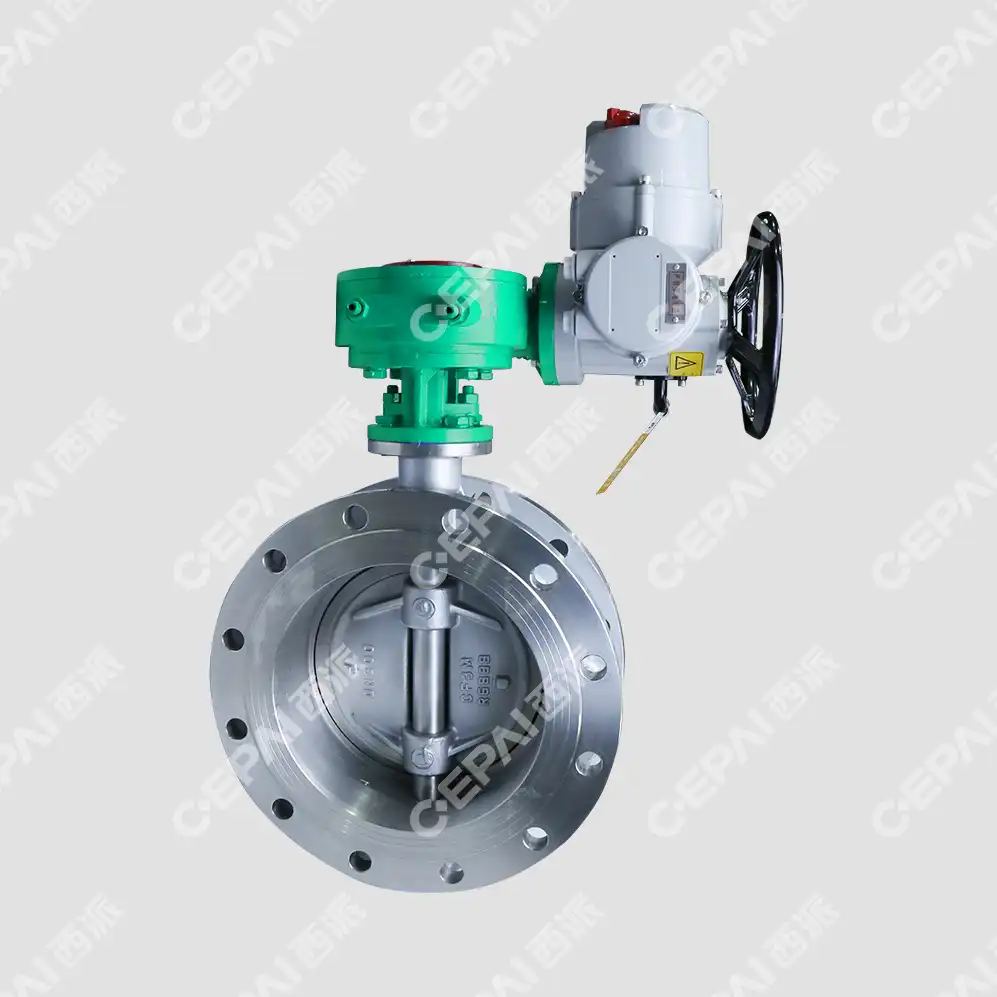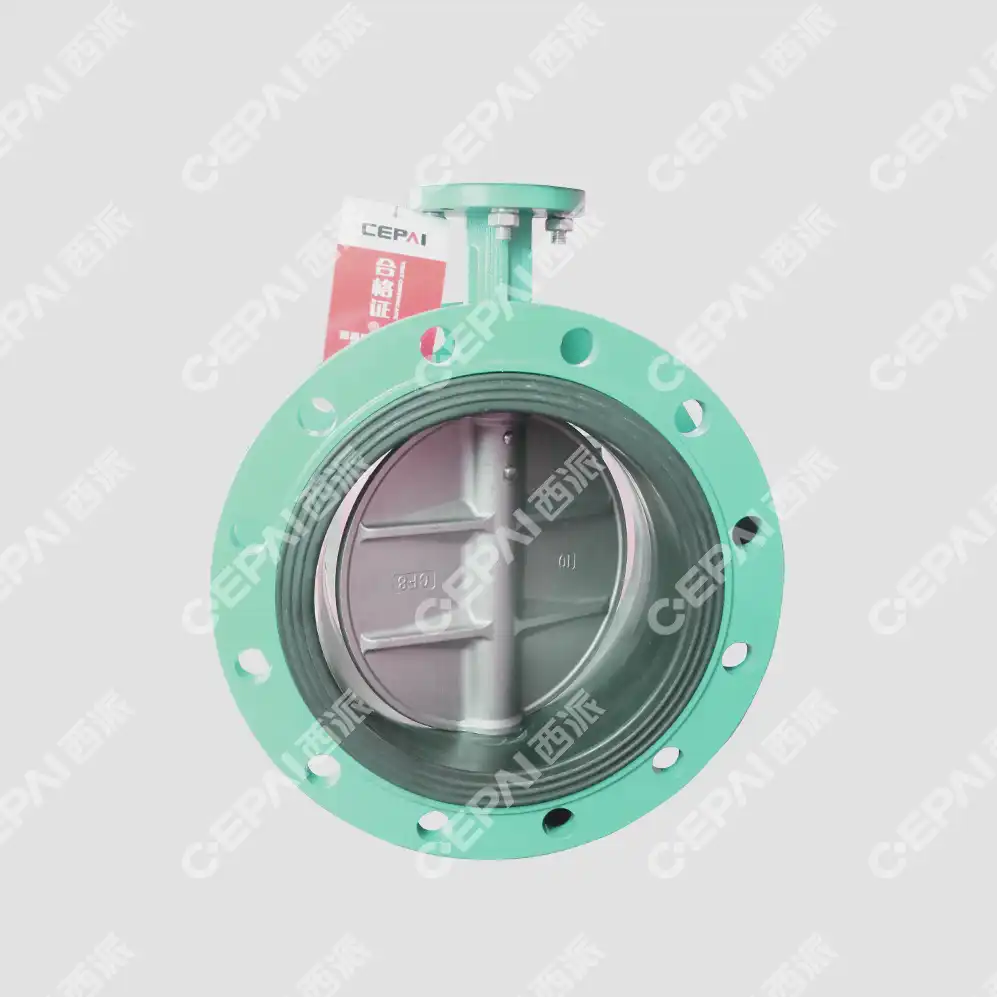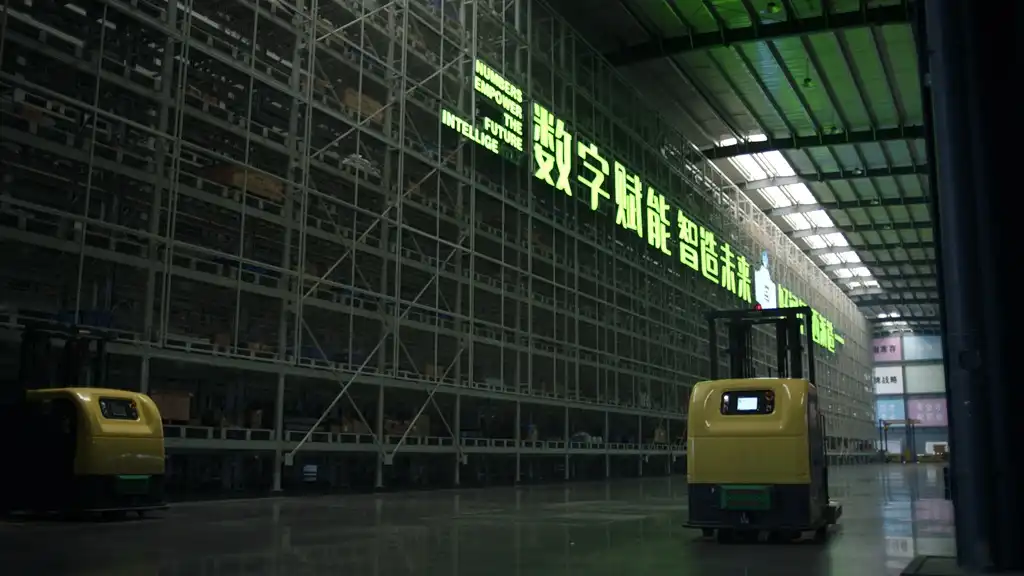Understanding Electric Butterfly Valves in Industrial Automation
Principles of Operation
Electric butterfly valves operate on a simple yet effective principle. A disc-shaped closure element rotates around a central axis to control flow. When fully open, the disc aligns with the flow, offering minimal resistance. As the disc rotates towards the closed position, it gradually restricts flow until it completely seals the pipe. This mechanism allows for precise control over fluid or gas flow rates.
The electric actuator, a crucial component of these valves, provides the rotational force necessary to operate the disc. It converts electrical energy into mechanical motion, enabling remote control and integration with automated systems. This combination of mechanical simplicity and electrical sophistication makes electric butterfly valves ideal for various industrial applications.
Advantages in Automation
Electric butterfly valves offer numerous advantages in industrial automation contexts. Their compact design allows for installation in space-constrained environments, while their lightweight construction reduces stress on piping systems. The electric actuator provides quick and precise positioning, enabling rapid response to changing process conditions.
These valves excel in applications requiring frequent cycling or modulating control. They can handle a wide range of temperatures and pressures, making them versatile across different industries. Additionally, electric butterfly valves are energy-efficient, requiring power only during position changes, which contributes to overall system efficiency.
Integration with Control Systems
One of the key strengths of electric butterfly valves in industrial automation is their seamless integration with control systems. They can be easily connected to programmable logic controllers (PLCs), distributed control systems (DCS), or SCADA systems, allowing for centralized monitoring and control.
Many electric butterfly valves come equipped with position feedback mechanisms, providing real-time information about valve status. This feature enhances system reliability and enables predictive maintenance strategies. Furthermore, advanced models may incorporate fieldbus protocols, facilitating communication with other devices in the automation network and supporting Industry 4.0 initiatives.
Exploring the Top 5 Applications
Process Control in Chemical Plants
In chemical processing facilities, electric butterfly valves play a crucial role in managing the flow of various substances throughout the production chain. Their corrosion-resistant materials and tight shut-off capabilities make them ideal for handling aggressive chemicals and ensuring process integrity.
These valves are often used in reactor feed lines, where precise control over reactant flow rates is essential for maintaining optimal reaction conditions. In distillation columns, electric butterfly valves help regulate the flow of vapor and liquid streams, contributing to efficient separation processes. Their quick response times also make them valuable in emergency shutdown systems, where rapid isolation of process units may be necessary to prevent accidents or contain spills.
HVAC Systems in Large Facilities
Large-scale heating, ventilation, and air conditioning (HVAC) systems rely heavily on electric butterfly valves for efficient operation. These valves are commonly used to control the flow of chilled or hot water in cooling and heating circuits, respectively. Their ability to modulate flow allows for precise temperature control in different zones of a building.
In air handling units, electric butterfly valves regulate the flow of outdoor air and return air, helping to maintain proper indoor air quality and temperature. They also play a role in economizer systems, adjusting airflow to optimize energy efficiency based on outdoor conditions. The low-torque operation of butterfly valves makes them particularly suitable for HVAC applications, as it reduces strain on actuators and extends system lifespan.

Water Treatment and Distribution
Water treatment plants and distribution networks extensively use electric butterfly valves to manage water flow throughout various stages of processing and delivery. In treatment facilities, these valves control the flow of raw water into settling tanks, regulate chemical dosing systems, and manage the backwash cycles of filtration units.
In distribution networks, electric butterfly valves are used as isolation valves in main pipelines, allowing for sectional control during maintenance or emergencies. Their reliable sealing properties help prevent water loss and maintain system pressure. Additionally, these valves are often employed in pump control applications, working in conjunction with variable frequency drives to optimize pumping efficiency and reduce energy consumption.
Additional Applications and Future Trends
Food and Beverage Processing
The food and beverage industry relies on electric butterfly valves for their sanitary design and ability to handle a variety of products. In dairy processing, these valves control the flow of milk through pasteurization systems and filling lines. Their smooth internal surfaces and lack of crevices minimize the risk of product contamination and facilitate easy cleaning.
In beverage production, electric butterfly valves manage the flow of ingredients during mixing processes and control carbonation levels in soft drink manufacturing. Their precise control capabilities ensure consistent product quality, while their quick-acting nature allows for rapid changeovers between different product runs. The use of food-grade materials in these valves ensures compliance with stringent hygiene standards.
Oil and Gas Operations
Electric butterfly valves find extensive use in the oil and gas sector, from upstream production to downstream refining processes. In production facilities, these valves control the flow of crude oil and natural gas through separators and storage tanks. Their ability to handle high pressures and corrosive fluids makes them suitable for these demanding applications.
Refineries utilize electric butterfly valves in various process units, such as distillation columns, hydrotreaters, and catalytic crackers. The valves' tight shut-off capabilities help maintain process efficiency and prevent cross-contamination between different product streams. In pipeline systems, large-diameter butterfly valves serve as block valves, allowing operators to isolate sections of the pipeline for maintenance or emergency situations.

Emerging Trends and Future Applications
As industrial automation continues to evolve, electric butterfly valves are poised to play an even more significant role. The integration of smart technologies, such as Industrial Internet of Things (IIoT) sensors and advanced diagnostics, is enhancing the capabilities of these valves. Predictive maintenance algorithms can analyze valve performance data to anticipate potential failures and optimize maintenance schedules.
In the context of sustainable manufacturing, electric butterfly valves are contributing to energy efficiency initiatives. Their precise control capabilities allow for optimized flow management, reducing waste and improving overall process efficiency. As industries move towards more flexible and modular production systems, the adaptability of electric butterfly valves makes them well-suited for these dynamic environments.
Furthermore, the development of new materials and coatings is expanding the application range of electric butterfly valves. High-performance polymers and advanced surface treatments are enabling these valves to withstand increasingly challenging operating conditions, opening up new possibilities in industries such as aerospace and renewable energy.
Conclusion
Electric butterfly valves have proven their value across a wide spectrum of industrial automation applications. Their versatility, reliability, and integration capabilities make them essential components in modern manufacturing and process control systems. From chemical plants to water treatment facilities, and from HVAC systems to food processing lines, these valves continue to drive efficiency and precision in industrial operations. As technology advances, electric butterfly valves are likely to become even more sophisticated, further enhancing their role in shaping the future of industrial automation.
FAQs
1. What are the main advantages of using electric butterfly valves in industrial automation?
Electric butterfly valves offer precise flow control, compact design, quick response times, and easy integration with automated systems. They are energy-efficient and can handle a wide range of fluids and gases.
2. How do electric butterfly valves contribute to energy efficiency in HVAC systems?
These valves allow for precise temperature control and efficient air handling, optimizing energy use in heating and cooling processes.
3. Are electric butterfly valves suitable for handling corrosive chemicals?
Yes, when constructed with appropriate materials, electric butterfly valves can effectively handle corrosive substances in chemical processing applications.
Advanced Electric Butterfly Valve Solutions | CEPAI
CEPAI Group Co., Ltd. specializes in manufacturing high-quality electric butterfly valves for diverse industrial applications. Our advanced valve solutions incorporate cutting-edge technologies to meet the demanding requirements of modern automation systems. With a focus on innovation and quality, CEPAI's electric butterfly valves offer superior performance, durability, and precision control. For inquiries about our products or to discuss your specific valve requirements, please contact us at cepai@cepai.com.

References
Smith, J. (2022). "Industrial Valve Technology: Advances and Applications." Journal of Process Engineering, 45(3), 201-215.
Johnson, A. et al. (2021). "Electric Actuators in Modern Valve Systems: A Comprehensive Review." Automation & Control Today, 18(2), 78-92.
Brown, R. (2023). "Energy Efficiency in HVAC Systems: The Role of Smart Valves." Building Technology Innovations, 7(1), 34-49.
Garcia, M. and Lee, S. (2022). "Water Treatment Automation: Trends and Technologies." Water Engineering & Management, 29(4), 112-126.
Thompson, K. (2021). "Valve Selection for Chemical Processing: A Guide for Engineers." Chemical Engineering Progress, 117(8), 45-53.
Wilson, L. (2023). "Industrial Internet of Things in Valve Monitoring and Maintenance." Smart Manufacturing Quarterly, 11(2), 67-81.





